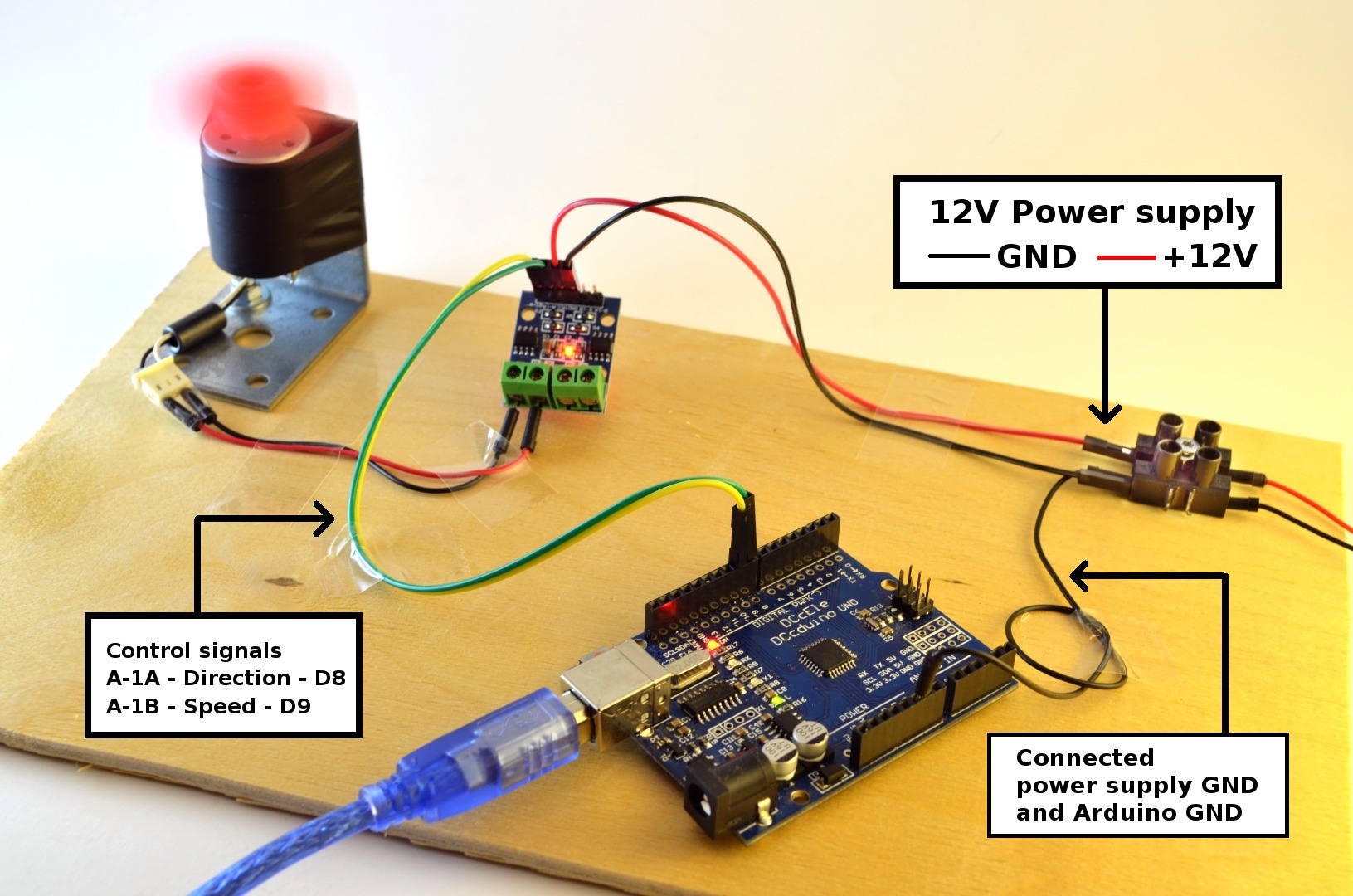

LinearJoystick.attach(LINEARPIN_JOYSTICK) // attaches/activates the linear actuator as a servo object LinearButton.attach(LINEARPIN_BUTTON) // attaches/activates the linear actuator as a servo object LinearSlider.attach(LINEARPIN_SLIDER) // attaches/activates the linear actuator as a servo object LinearKnob.attach(LINEARPIN_KNOB) // attaches/activates the linear actuator as a servo object initialize linear actuators as servo objects variables for current positional value being sent to the linear actuator. Int valueMapped // the joystick values will be changed (or 'mapped') to new values to be sent to the linear actuator. Int knobValue, sliderValue, joystickValue //variables to hold the last reading from the analog pins. Servo linearKnob, linearSlider, linearButton, linearJoystick // create servo objects to control the linear actuators Int button3State = 0 // variable for reading the pushbutton status Int button2State = 0 // variable for reading the pushbutton status

Int button1State = 0 // variable for reading the pushbutton status Max/min pulse values in microseconds for the linear actuators Generic deadband limits - not all joystics will center at 512, so these limits remove 'drift' from joysticks that are off-center.Ĭonst int DEADBAND_LOW = 482 //decrease this value if drift occurs, increase it to increase sensitivity around the center positionĬonst int DEADBAND_HIGH = 542 //increase this value if drift occurs, decrease it to increase sensitivity around the center position #include //Servo Library can be used for Firgelli Mini Linear ActuatorsĬonst int LINEARPIN_BUTTON = 6 //Linear Actuator on Digital Pin 6Ĭonst int LINEARPIN_KNOB = 9 //Linear Actuator on Digital Pin 9Ĭonst int LINEARPIN_SLIDER = 10 //Linear Actuator on Digital Pin 10Ĭonst int LINEARPIN_JOYSTICK = 11 //Linear Actuator on Digital Pin 11Ĭonst int KNOB_PIN = 0 //Knob on Analog Pin 0Ĭonst int JOYSTICK_PIN = 1 //Joystick (vertical) on Analog Pin 1Ĭonst int SLIDER_PIN = 2 //Slider on Analog Pin 2Ĭonst int BUTTON1_PIN = 2 //Button 1 on Digital Pin 2Ĭonst int BUTTON2_PIN = 4 //Button 2 on Digital Pin 4Ĭonst int BUTTON3_PIN = 7 //Button 3 on Digital Pin 7 * Pressing one of the buttons will move the linear actuator to a predetermined position. * Moving the joystick will move the linear actuator incrementally. * Moving the slider or knob will move the linear actuator keeping absolute position. * Jumpers for pins 3/5/6 and 9/10/11 should be set to 'VIN' * Linear Actuator - Digital Pin 6, 9, 10, and/or 11 * the RobotGeek Slider, RobotGeek Knob, RobotGeek Joystick, and RobotGeek Pushbuttons * The following sketch will allow you to control a Firgelli Linear actuator using * RobotGeek Linear Actuator Experimenter's Kit Demo You will be asked to plug the linear actuator into different pins based on the section of the tutorial you're working on.
Linear servo motor arduino code#
This code will get us through the next three sections.

You can find this Demonstration Code in the RobotGeek Libraries and Tools under: RobotGeekSketches -> Demos -> LinearActuator -> linearActuatorExpDemo -> linearActuatorExpDemo.ino If you have multiple linear actuators, you can control up to 4 simultaneously with this code. Notice that you'll have to physically plug the linear actuator into different ports in order to move it with the different controls.


 0 kommentar(er)
0 kommentar(er)
